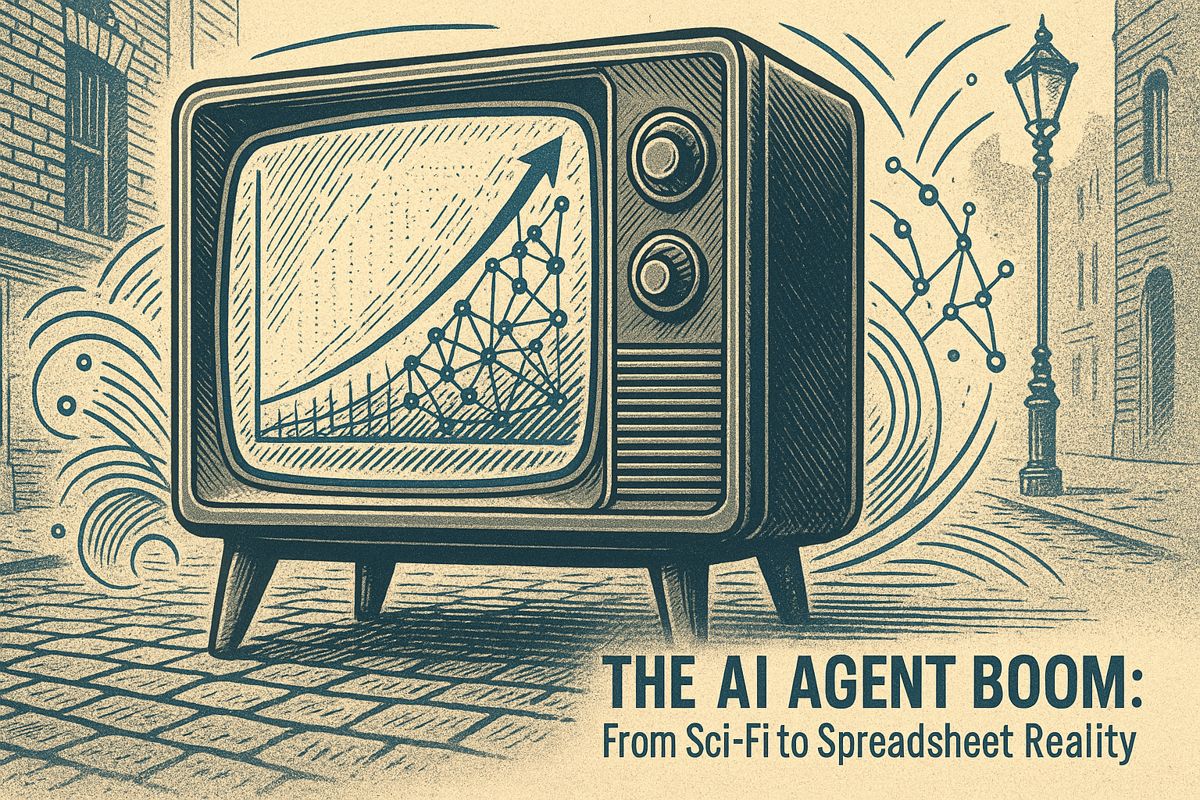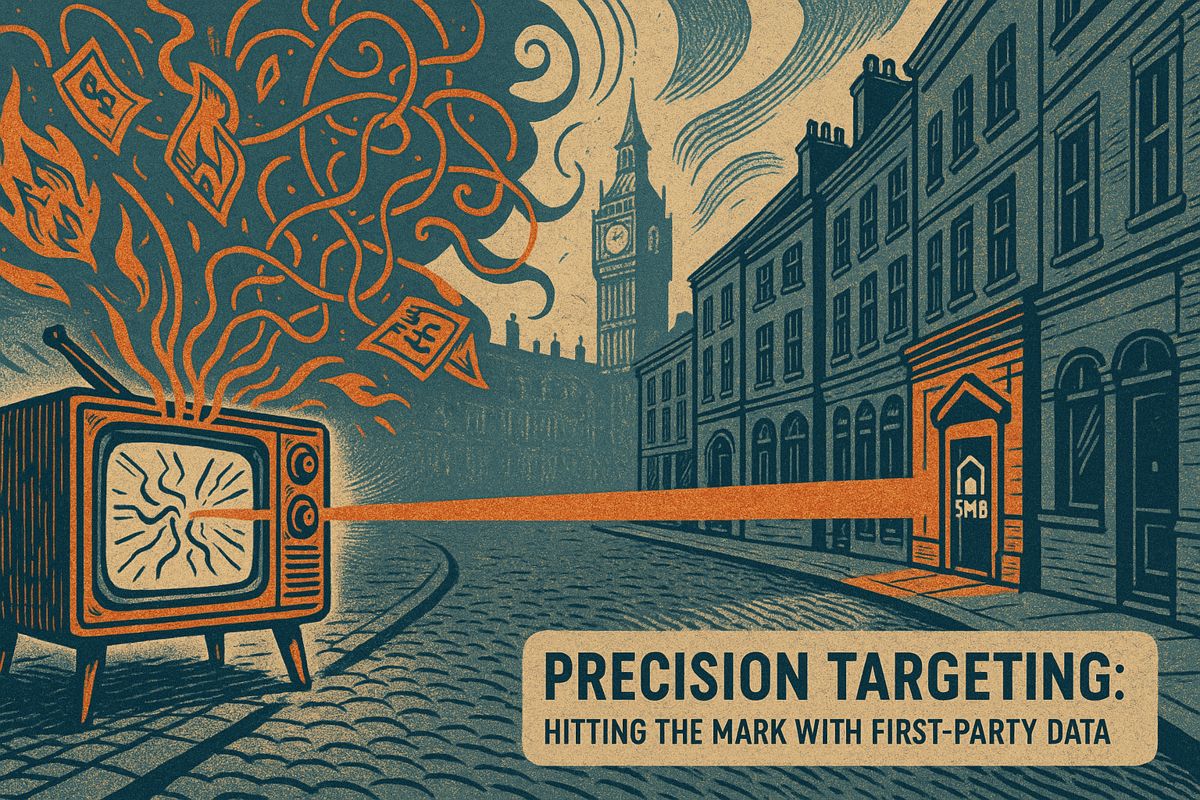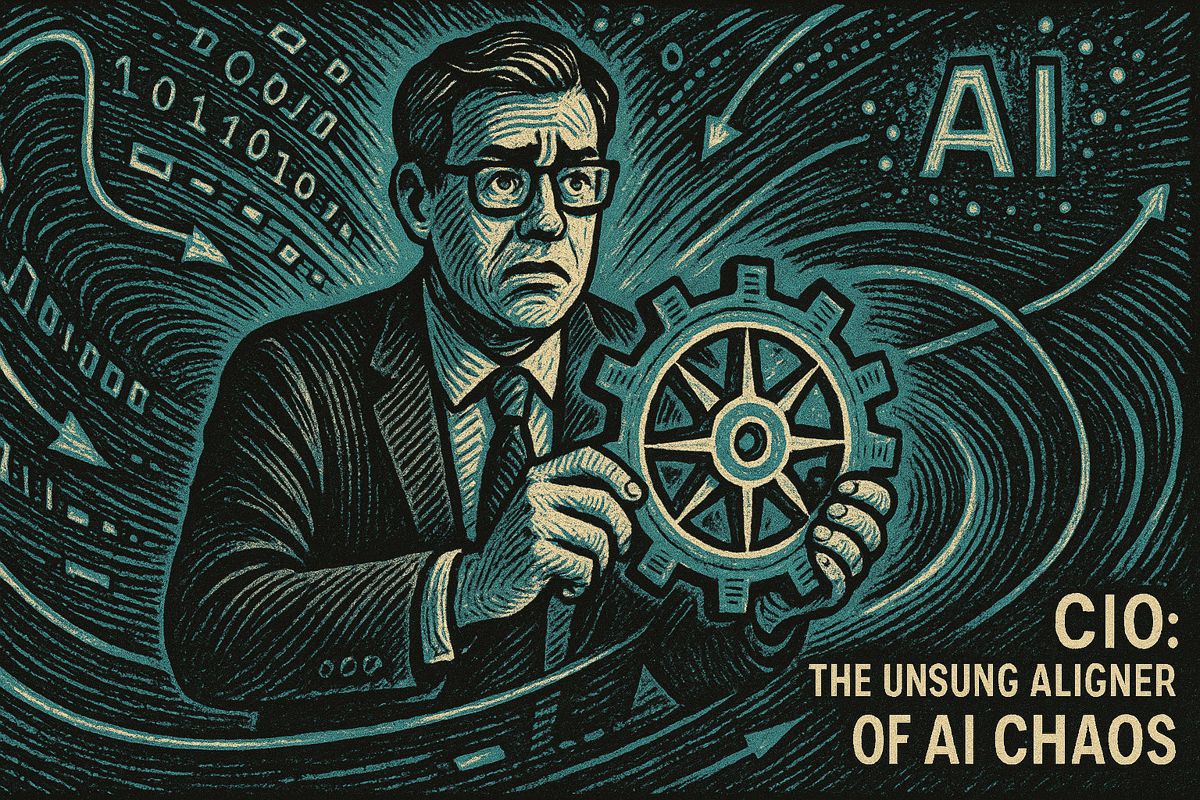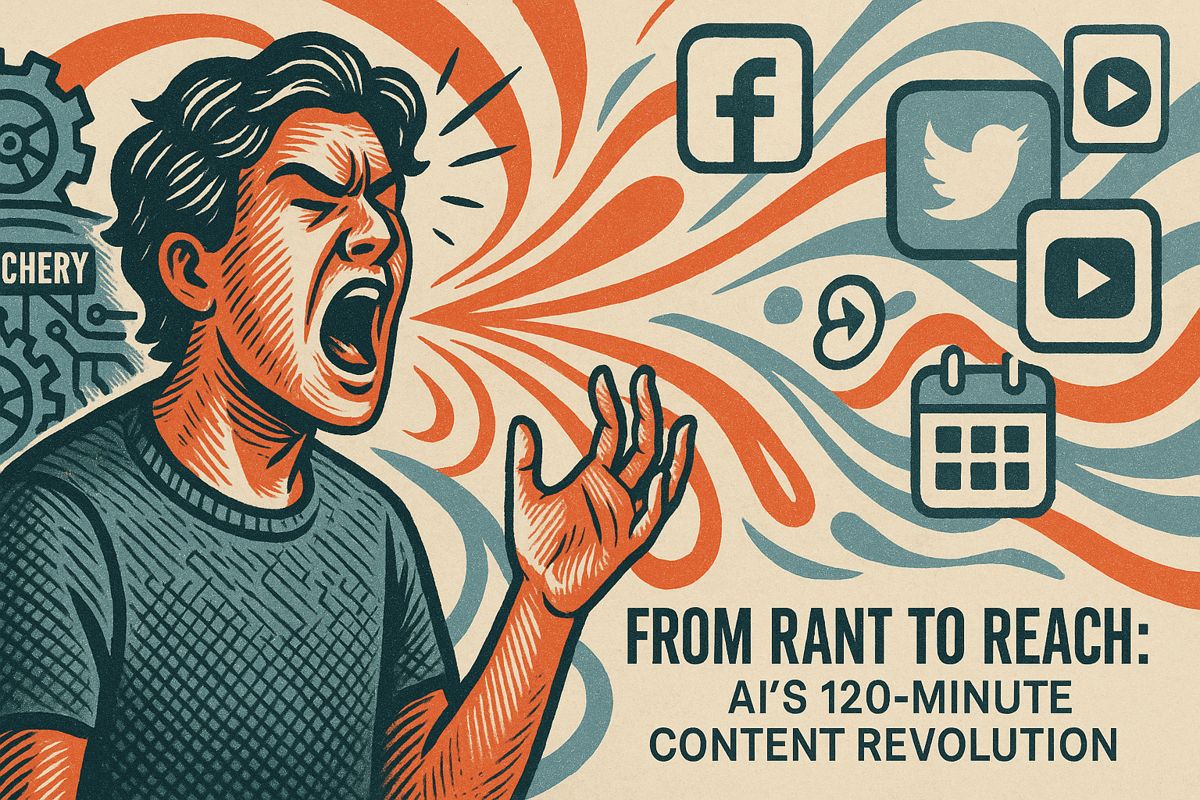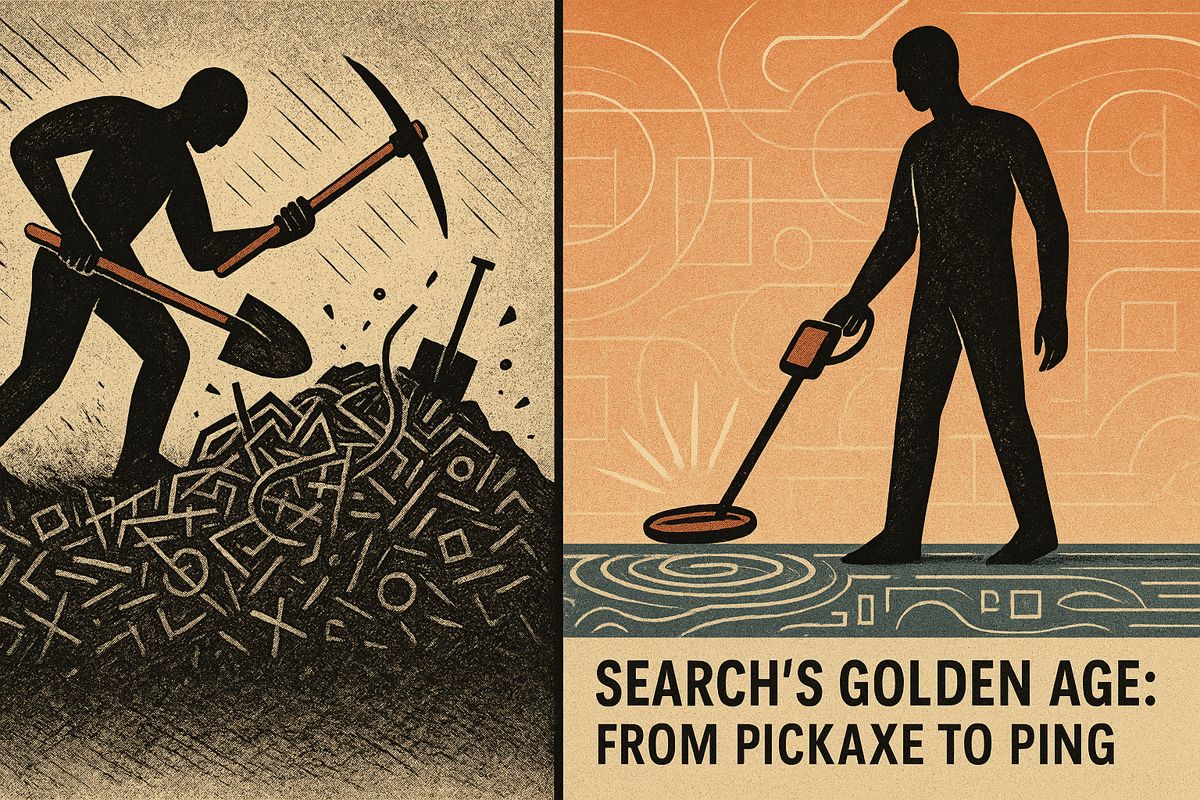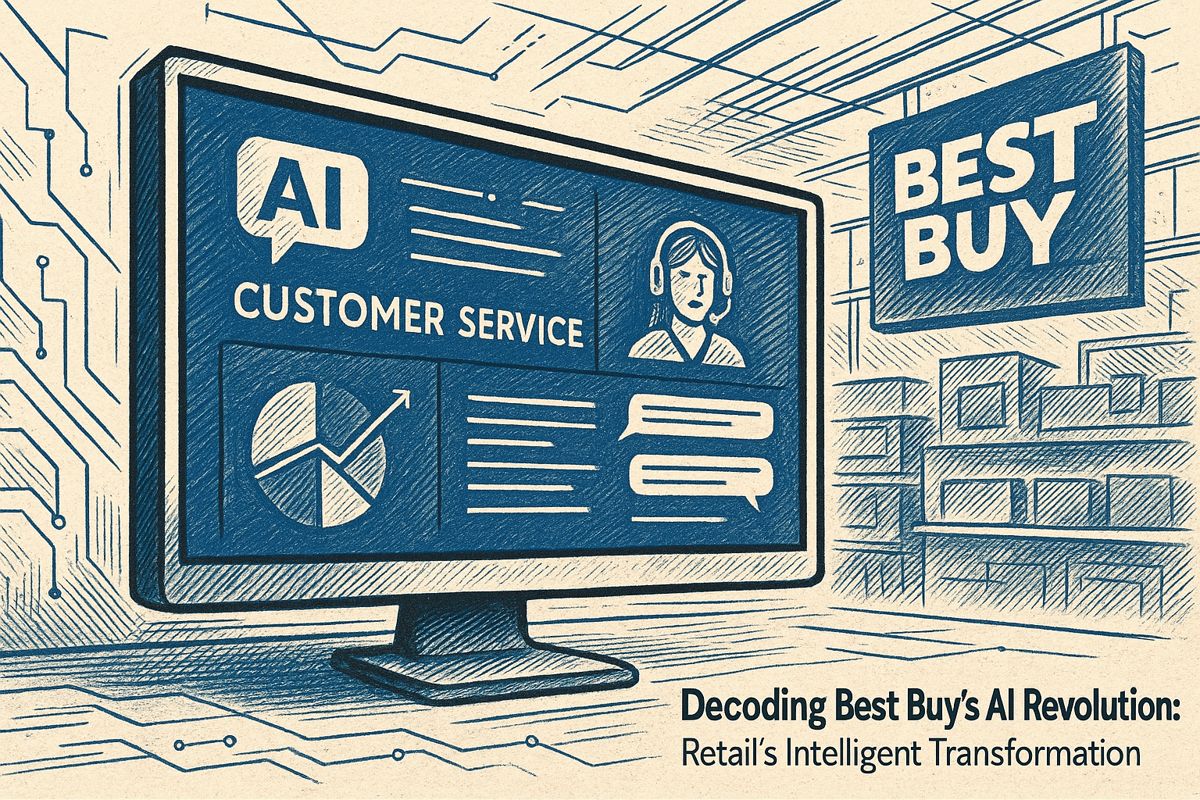AI agents are no longer just a dream; they’re here and changing the world! A whopping $3.8 billion has been poured into over 170 new companies building these smart helpers. They’re already making a huge difference in places like hospitals and banks, freeing up people from boring tasks. These clever bots can now have real conversations and even use tools, showing a big leap forward. Get ready, because these digital teammates are reshaping how we work and live!
What is the current state and impact of AI agents?
AI agents have moved from hype to reality, evidenced by over $3.8 billion invested in 170+ startups this year across 26 distinct categories. These agents are significantly impacting sectors like healthcare and finance by managing patient triage, compliance, and portfolio monitoring, freeing up human workers for complex tasks. Advances in reasoning and tool-use allow them to handle multi-step conversations, signaling a seismic shift towards practical, widespread adoption.
There’s a certain chill I feel scrolling through the latest CB Insights market maps, the kind you get right before a thunderstorm. The numbers leap off the screen like a magician’s flourish: $3.8 billion invested in AI agent startups this year—yes, this year alone. Over 170 startups, from San Francisco to Singapore, are stamped onto the map, multiplying like fungi after rain. I remember reading a ten-year-old Wired piece about “chatbots” wobbling through the uncanny valley, but today’s agents have crossed into a valley of capital. Is it just me, or does the pace feel almost vertiginous?
Two years ago, I met a founder at a conference near Marina Bay—let’s call her Lin. She was building what sounded, at first, like another healthcare widget. But no: hers was a triage agent, designed to “screen out the flu so the doctor can focus on cancer.” I recall the polite, reserved applause she received—a skeptical hum in the air. Now, Lin’s startup is marked on the latest map, living proof that spreadsheets sometimes win out over science fiction. I felt a flicker of pride (and a pinch of regret for my earlier doubts) seeing her company among the $3.8 billion club.
If you want numbers, here they are: $3.8 billion invested in 2024; more than 170 agent startups identified and mapped; at least 26 distinct categories in play, spanning everything from customer support to decentralized finance. That’s not just hype—that’s a seismic shift. And yes, I double-checked: this isn’t a misplaced decimal. Even I was incredulous at first.
Layers Beneath the Map: Sectors, Startups, and the Real Work
Look closer and the market is less like a flat map, more like a mille-feuille—layered, flaky, surprisingly rich. The top layer is obvious: money. But the next is diversity. Companies like Cartesia and Synthflow are carving niches in voice models and no-code agent frameworks, respectively. You see giants like Salesforce and HubSpot weaving agents into their platforms, while newcomers push into healthcare claims, regulatory compliance, and DeFi—places where ambiguity is an occupational hazard.
Healthcare and finance aren’t just attractive—they’re crucibles. In clinics, AI agents now manage patient questions, triage basic complaints, and free up specialists for the diagnostic heavy lifting. In finance, agents slog through compliance paperwork and monitor portfolios, sparing humans the drudgery. It’s not about replacing knowledge workers; it’s about letting them focus on the dragons, not the mosquitoes. I still remember my own frustration the last time I tangled with a bank’s customer service maze—a problem ripe for the harvesting.
Advances in reasoning and tool-use are pushing AI agents past simple chatbots. Now, they can handle complex, multi-step conversations with clients, not just spit out templated responses. Still, the specter of trust and security looms. Audit trails, escalation protocols, and careful boundaries are being built—companies don’t want a bot running wild with sensitive decisions. And let’s not kid ourselves: if you’ve ever watched an episode of Black Mirror, you know the psychological triggers are real.
The Interoperability Challenge: Will Our Bots Ever Speak the Same Language?
Big Tech’s interest is palpable. While startups target verticals with surgical focus, Salesforce and HubSpot integrate agents horizontally, like chess players setting up for endgame. Yet, a new problem emerges: fragmentation. If every agent is its own archipelago, we’re left with Babel—again. Interoperability is the next battleground. Can your Cartesia-powered agent talk to mine running on Synthflow tools? Not easily. The push for standards echoes earlier battles in cloud computing, but the walls of walled gardens are stubbornly high.
Investors are pouring capital into the infrastructure layer—think voice processing libraries or no-code agent builders—hoping to catch the next AWS. Customer service is already seeing the ground shift. Automated agents can outperform traditional offshore teams (I’ve seen the numbers, and let’s just say it’s not even a close race). The phrase “digital coworkers” is spreading faster than a rumor at RSA Conference. Maybe it’s not pure hype: some companies are hiring agents whose résumés are .json files. The first time I saw that, I laughed, then paused, then realized it was inevitable. Oof.
Are we ready for our digital teammates? And, honestly, will you even remember their names in a year? I might not—but hey, my CRM definitely will. The pace is dizzying, the stakes are high, and if you listen closely, you can almost hear the hum of the servers as the next generation of agents comes online…

